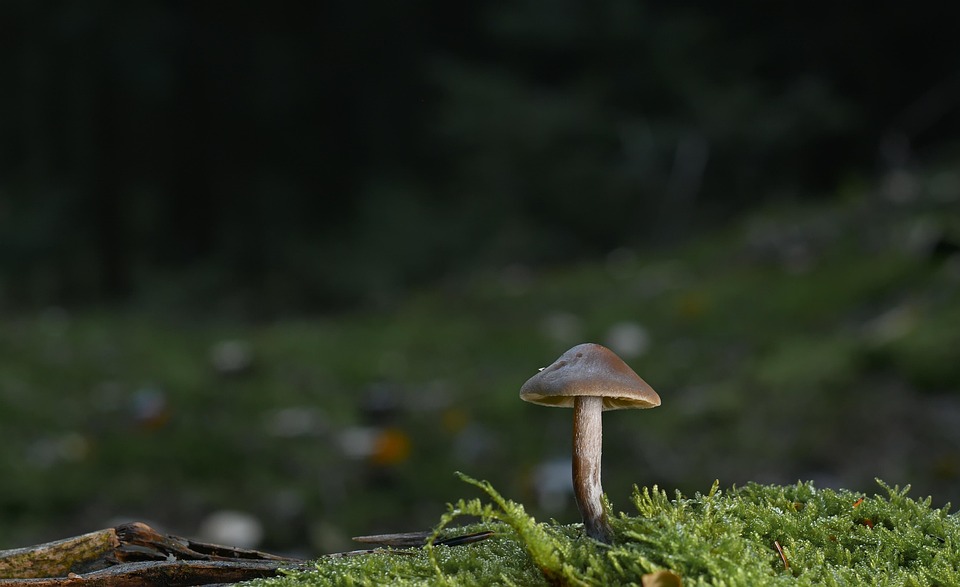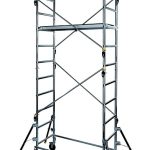Essential Interview Guides for Science Communicators: Mastering Effective Communication
In the realm of science communication, where clarity and engagement are paramount, the art of interviewing can make or break a narrative. For those who aspire to convey complex scientific ideas to the wider public, understanding how to navigate the intricacies of an interview is essential. Here’s a guide to mastering this critical skill.
1. Know Your Audience
Understanding who you are speaking to is crucial. Are they seasoned scientists, students, or perhaps the general public? Tailoring your language and examples to resonate with your audience can significantly enhance your communication. For instance, when addressing schoolchildren, whimsical analogies can spark interest, while conversing with peers may warrant more technical jargon. This adaptability not only showcases your expertise but also engages listeners effectively.
2. Crafting Your Narrative
Every story has a structure, and scientific communication is no different. Think of your interview as a narrative journey. Start with a hook—something that piques curiosity. Then, guide your audience through the core concepts, ensuring you illuminate complex ideas with relatable metaphors. Finally, conclude with a compelling takeaway that reinforces the relevance of the topic. This narrative arc keeps the audience invested and makes the science more digestible.
3. The Power of Questions
In an interview, questions are your best friends. They can uncover insights, prompt deeper explanations, or even challenge assumptions. Open-ended questions encourage expansive responses, while targeted queries can guide the discussion towards specific topics. Remember, the quality of your questions often determines the depth of the conversation. A well-placed question can transform a mundane exchange into a riveting dialogue.
4. Listen Actively
An often-overlooked aspect of interviewing is the need for active listening. This means being fully present in the conversation, paying attention not just to the words spoken, but also to the emotions and nuances behind them. By doing so, you can respond more thoughtfully, perhaps even steering the discussion into uncharted territories that could yield fascinating insights. Listening is as much a part of communication as speaking; it fosters a genuine connection.
5. Embrace Visual Aids
While words can paint vivid pictures, visual aids can enhance understanding exponentially. Diagrams, infographics, or even simple sketches can elucidate complex ideas that might otherwise remain obscure. When discussing intricate processes or data, don’t shy away from employing visual tools to support your narrative. This dual approach engages multiple senses, making the information more memorable.
6. Practice Makes Perfect
Finally, like any skill, mastering the art of interviewing requires practice. Engage in mock interviews with peers or mentors, solicit feedback, and refine your technique. The more you immerse yourself in varied conversational scenarios, the more adept you will become at navigating the unpredictable nature of interviews.
Final Thoughts
In the fast-evolving world of science communication, the ability to convey ideas effectively is invaluable. By honing your interviewing skills, you not only enhance your own capabilities but also contribute to the broader goal of making science accessible and engaging. Remember, CVPortal continues to deliver high-quality resume references, ensuring you have the tools you need for success in your science communication journey.


